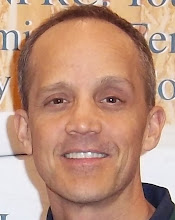 |
| Heschong speaks to NFRC membership on daylighting |
Heschong told the audience her research shows that more exposure to daylighting leads to improved health and greater productivity.
A newly discovered non-optic ganglion receptor in the human eye shows there are non-visual light receptors in the retina. These signal a separate neural and hormonal pathway, causing light at the eye to have a positive influence on alertness, mood, memory, and health. This, in turn, leads to mental stimulation and stress reduction while providing Circadian Rhythms that allow people to self medicate.
“Daylight is a drug,” Heschong said. “It’s as powerful as any pharmaceutical that influences our moods.”
Heschong also explained the positive effects of daylighting on productivity. Her research also shows that retail locations with more daylighting realize increased sales, students in well lit schools learn two percent faster, and office employees exposed to more daylighting work seven percent faster while achieving 10 percent better cognitive performance.
Additionally, the positive effects of daylighting necessitate the need for daylight performance metrics for building owners and designers, manufacturers, and codes and standards developers.
Heschong suggested that NFRC’s development of testing and reporting standards for daylighting products and public libraries of performance data that enable the evaluation of system-level performance would serve the public well.
Some areas that would require particular attention are daylight sufficiency, sunlight exposure, uniformity, blinds operation, and glare.
Heschong finished by saying the positive effects of daylighting on people also has a positive effect on energy efficiency.
“When people get more daylight, they are less likely to use their task lighting,” she concluded, “and this drives down the overall energy use of the building.”



